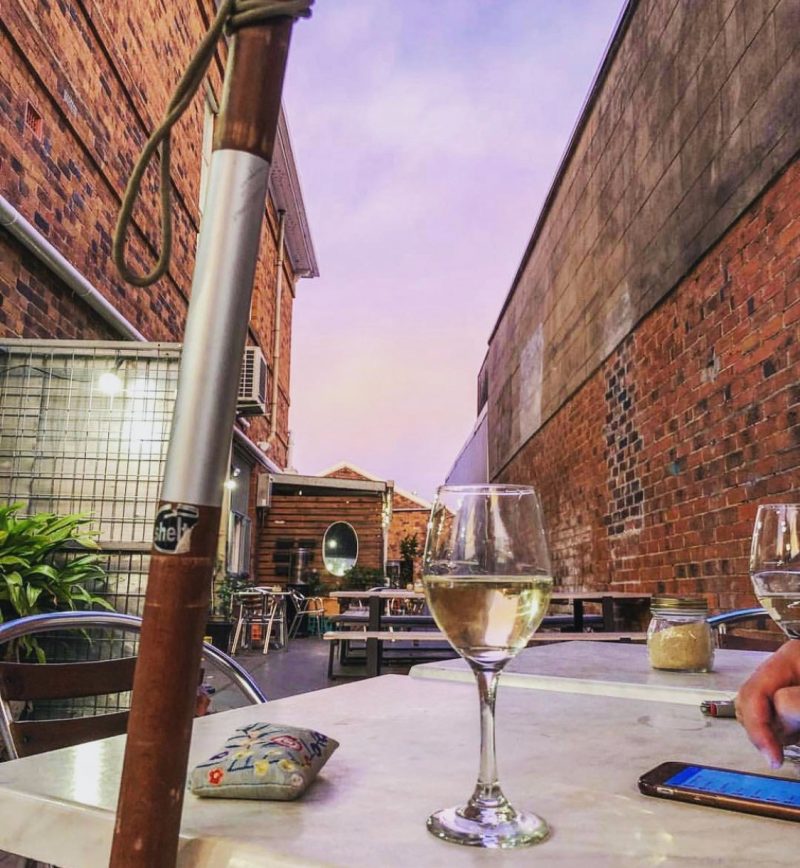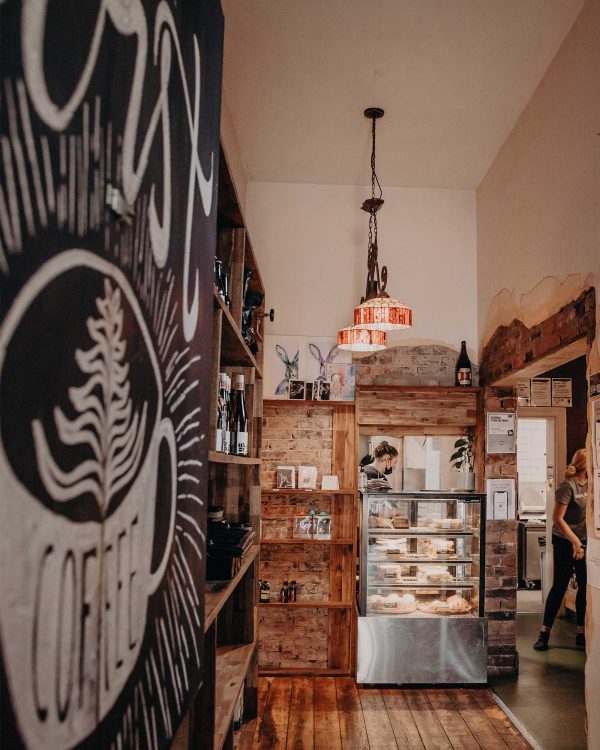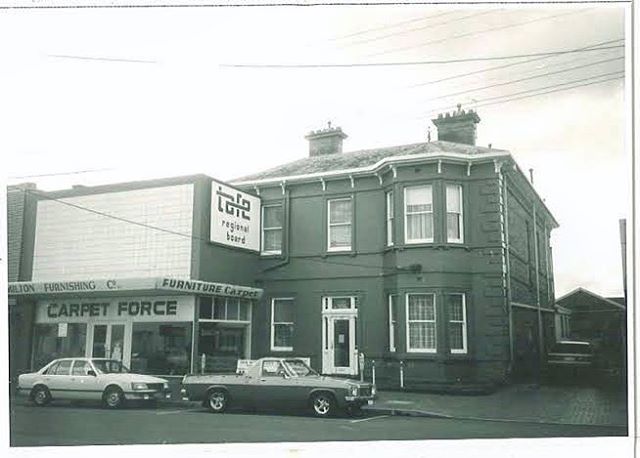
About The Rox
Since opening its doors in 2007, The Roxburgh has been more than just a cafe; it’s a cozy corner where coffee culture and community spirit brew together. What started as a small family endeavor, fueled by a sheer love for fine coffee, soon blossomed into a local haven. Today, the legacy of our warm, family-run cafe has brewed beyond our humble beginnings.
Nestled in the charming Roxburgh House, a historical gem built in 1875 for the renowned Dr. Rox, our cafe is a blend of the old with the new. The walls of our quaint two-story abode echo with tales from the past, while local art adorning them adds a dash of contemporary charm.
Experience The Roxburgh
Welcome to The Roxburgh, where every cup tells a story. Over the years, we’ve expanded our horizons without losing our roots. Now, not only do we serve love in a cup with our signature ‘Rox Coffee’ Roast, but we’ve also hit the roads with our mobile coffee fleet, bringing the taste of Roxburgh to you, wherever you are.
Step inside to find a warm, intimate space that invites conversation and contemplation. Or if you fancy, bask in the sun in our whimsical laneway or relax at our street-view frontage, where the bustling world passes by.
The Rox is not just a cafe, but a thriving community hub. With each local art exhibition we host and every charity event we partake in, we’re not just serving coffee, but nurturing a community. Our passion extends beyond the aroma of fresh coffee; it’s about creating connections, sparking dialogues, and fostering a sense of belonging.

Statement Of Significance | Roxburgh House
64 Thompson Street, Hamilton
Constructed in 1874-5 for Dr J R Wylie, Roxburgh House is of local significance both for its architecture and its historical associations as one of the large and elegant homes built for the Hamilton’s medical men in the last century. (i) Roxburgh House had fourteen rooms and at the time was the largest house in the town costing 2,100 pounds. The builder was William Holden, who also constructed Dr Viall’s Hewlett House at 36 Gray Street, St Ronan’s for Sigismund Jacoby, and the Hamilton Academy (now St Mary’s School). (ii) Despite their affluent lifestyles, during the last century many Hamilton doctors died young. Wylie was only 33 years old when he died in 1876. (iii) His widow, Mary Wylie, became the owner of Roxburgh House in 1877, which she leased to Henry James, surgeon, whilst she occupied an adjoining brick house and leased brick offices to Samuel Samuel, solicitor. (iv)
The style of the house is Italianate, although a simple and sober example of it, which was ubiquitously popular in Melbourne for domestic buildings about 1850 when it was used for Bishops court, East Melbourne and Toorak House, the governor’s residence. With Hewlett House, Roxburgh House is the best example of the style in Hamilton. It is also one of the few buildings with a slate roof. The appearance of the building has been seriously compromised by the addition of a new showroom at the side. Otherwise the building remains substantially intact and is in good condition. It is a major element within the streetscape.

Statement Of Significance | Roxburgh House
64 Thompson Street, Hamilton
Constructed in 1874-5 for Dr J R Wylie, Roxburgh House is of local significance both for its architecture and its historical associations as one of the large and elegant homes built for the Hamilton’s medical men in the last century. (i) Roxburgh House had fourteen rooms and at the time was the largest house in the town costing 2,100 pounds. The builder was William Holden, who also constructed Dr Viall’s Hewlett House at 36 Gray Street, St Ronan’s for Sigismund Jacoby, and the Hamilton Academy (now St Mary’s School). (ii) Despite their affluent lifestyles, during the last century many Hamilton doctors died young. Wylie was only 33 years old when he died in 1876. (iii) His widow, Mary Wylie, became the owner of Roxburgh House in 1877, which she leased to Henry James, surgeon, whilst she occupied an adjoining brick house and leased brick offices to Samuel Samuel, solicitor. (iv)
The style of the house is Italianate, although a simple and sober example of it, which was ubiquitously popular in Melbourne for domestic buildings about 1850 when it was used for Bishops court, East Melbourne and Toorak House, the governor’s residence. With Hewlett House, Roxburgh House is the best example of the style in Hamilton. It is also one of the few buildings with a slate roof. The appearance of the building has been seriously compromised by the addition of a new showroom at the side. Otherwise the building remains substantially intact and is in good condition. It is a major element within the streetscape.
